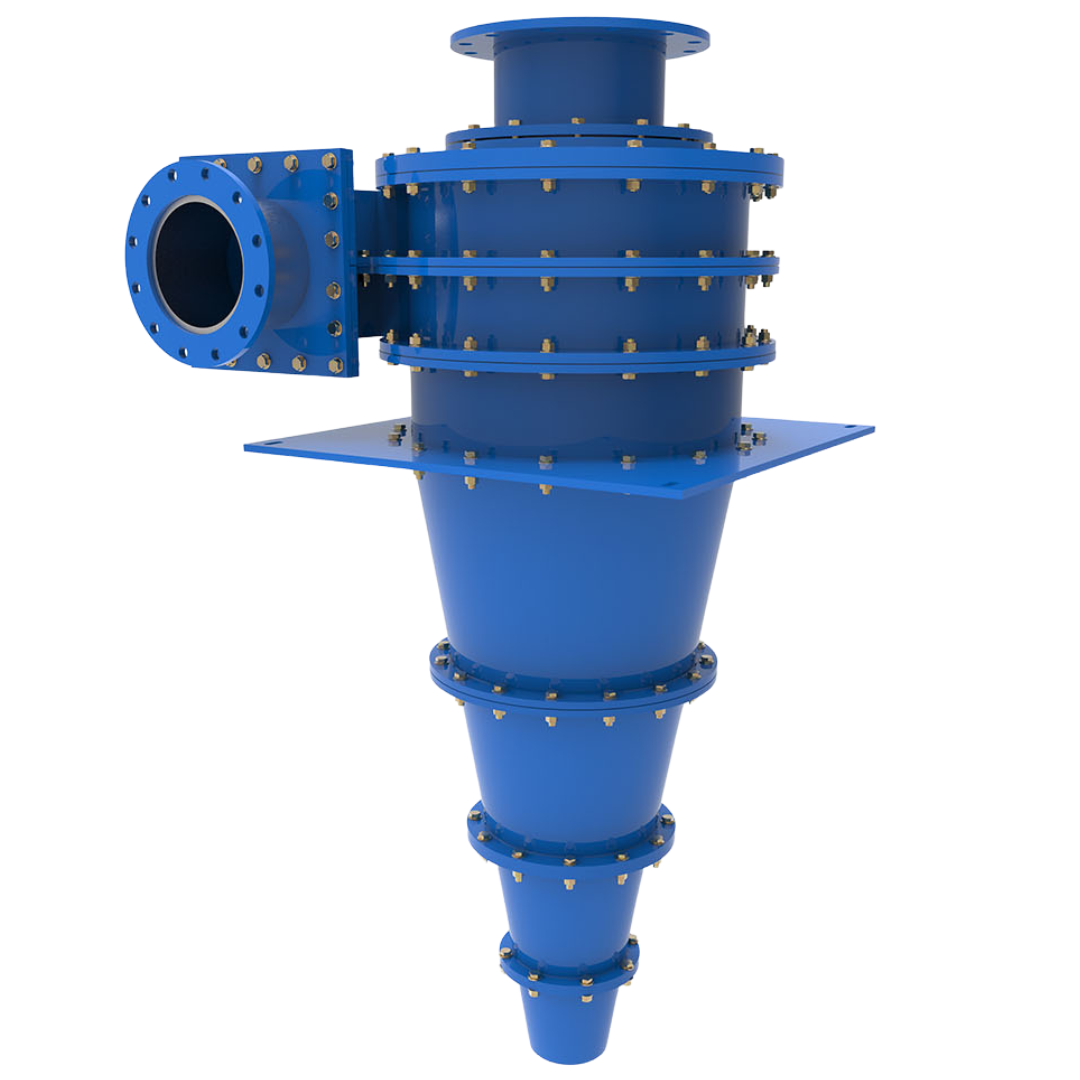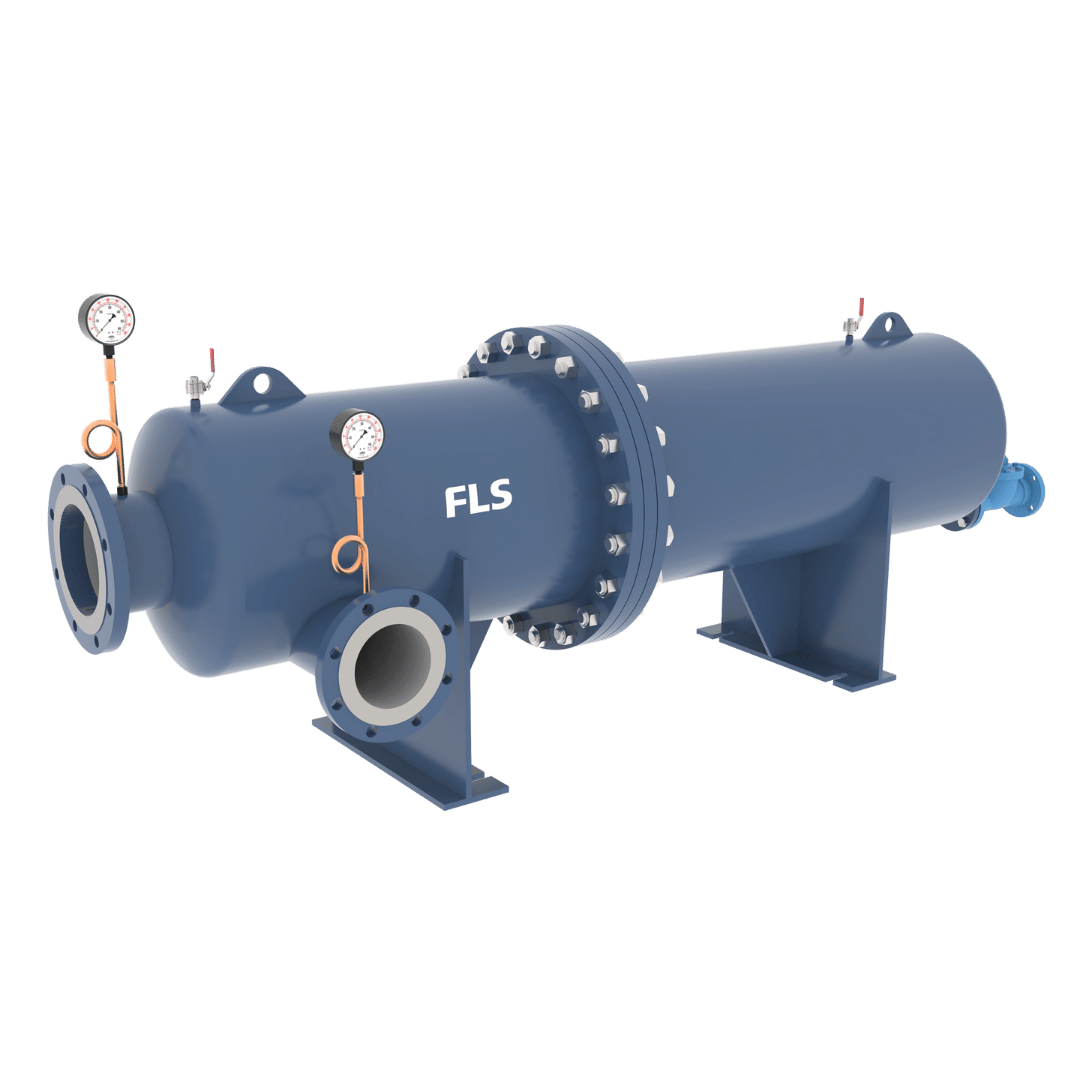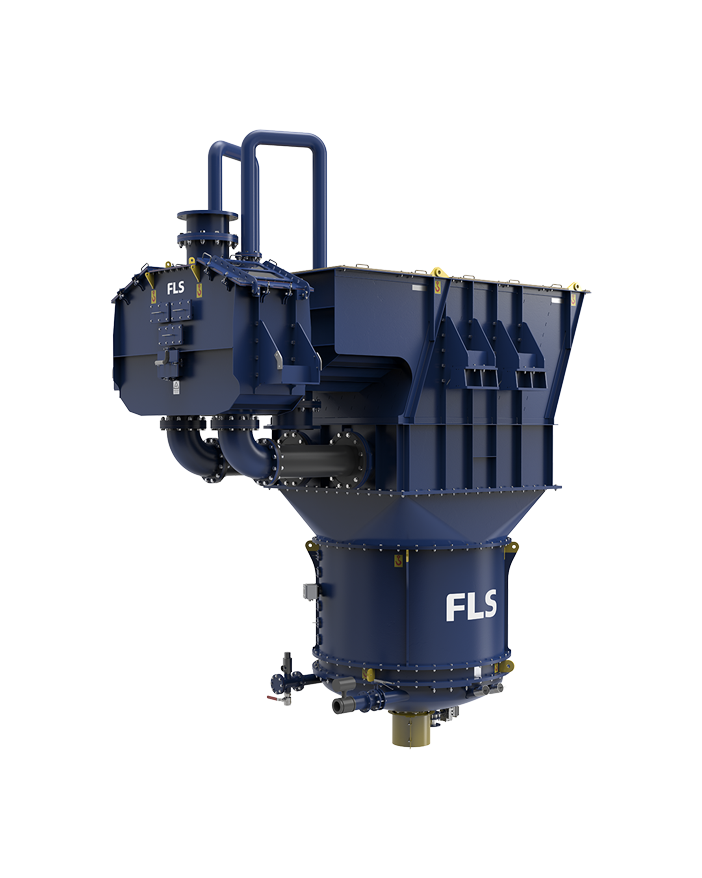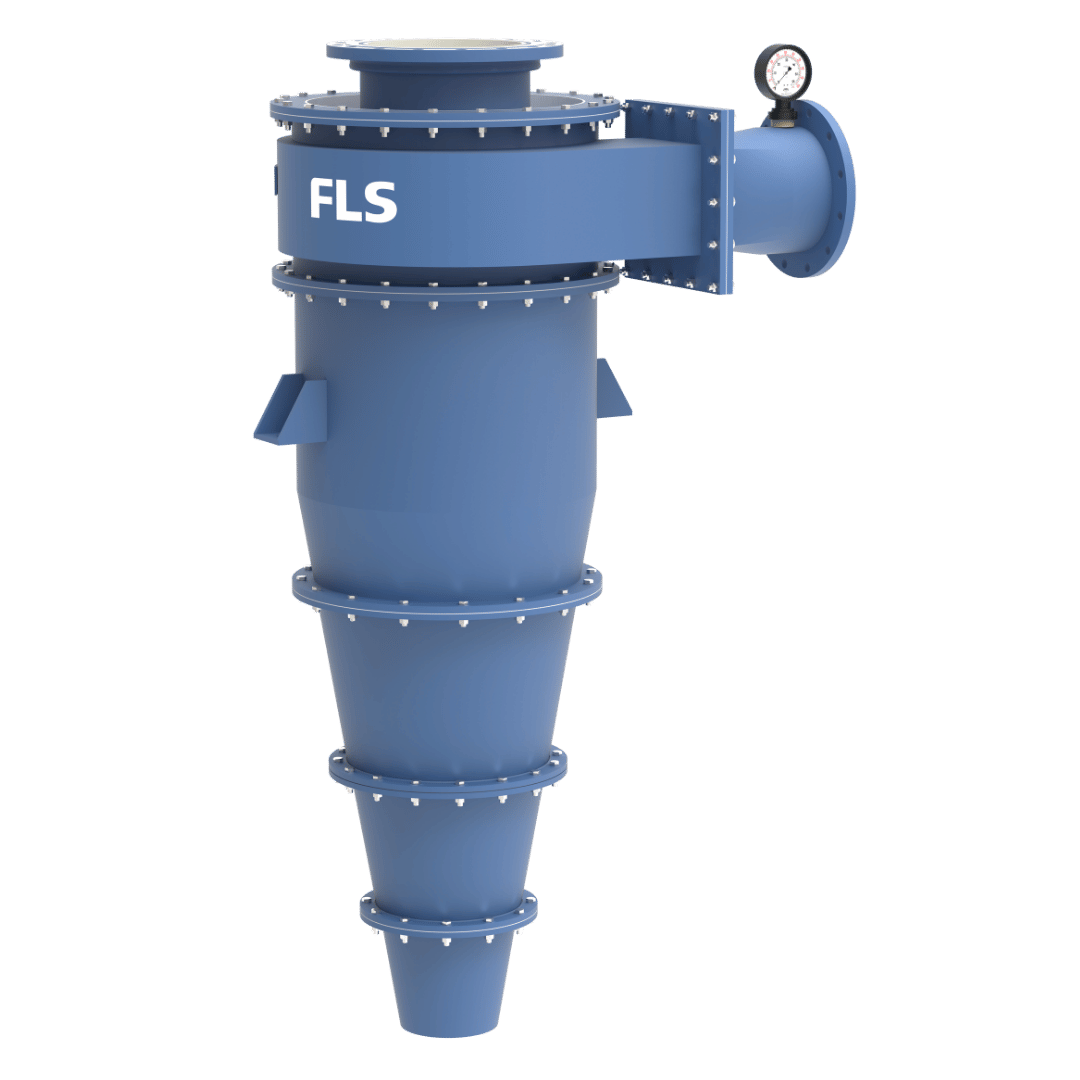
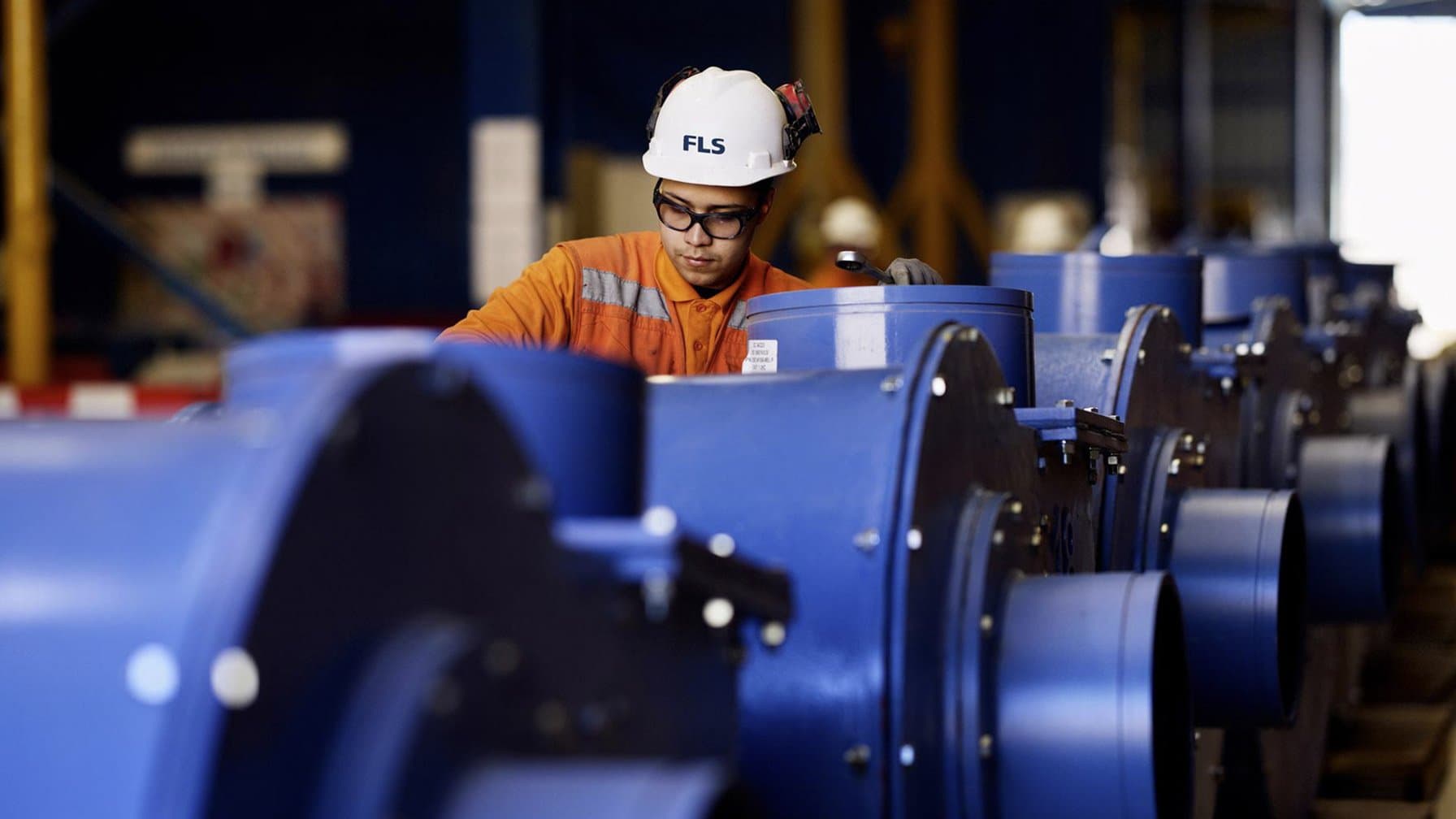
High-efficiency and cost-effective classification
KREBS® hydrocyclones have been the preferred separation technology in mining and industrial applications since the 1950s. Today’s gMAX cyclones and revolutionary REFLUX Classifier® and GradePro™ Classifier continue that legacy, delivering optimum performance and sharper separations at high capacities.
Explore our classification solutions
Services

Total lifecycle support for your classification equipment
We bring our pioneering experience in separation and classification solutions to address your specific process challenges. Expert engineers ensure correct equipment selection and installation, while our network of aftermarket service and spare parts centres ensures timely access to spare and wear parts, and fast offsite rebuilds. We also offer the SmartCyclone™ monitoring and control solution to reduce process upsets, improve cyclone overflow particle size distribution, and predict and control maintenance schedules.
Want to talk? Reach out to our experts
Frequently asked questions
FAQs for classification equipment
Classification is crucial in mineral processing. It improves process efficiency by ensuring material is appropriately sized for the next processing step, and so enhances mineral recovery rates, reduces downtimes and general processing cost.
Hydrocyclones use centrifugal force to separate particles in a liquid medium based on their mass. Large, denser particles are pushed toward the outer wall of the cyclone and down to be discharged via the underflow. Fine particles move toward the centre and are carried upward to the overflow.
KREBS hydrocyclones work in a diverse range of industries, including chemicals, alumina, hard rock mining, coal mining, oil and gas, pulp and paper, pollution control, power generation, water, and wastewater.
The REFLUX Classifier (RC™)is one of the most advanced fine-particle, gravity-based separators for mineral processing. It combines a conventional fluidised-bed separator with a set of parallel inclined plates that form lamella channels to deliver efficient, high-capacity separation in a compact footprint.
